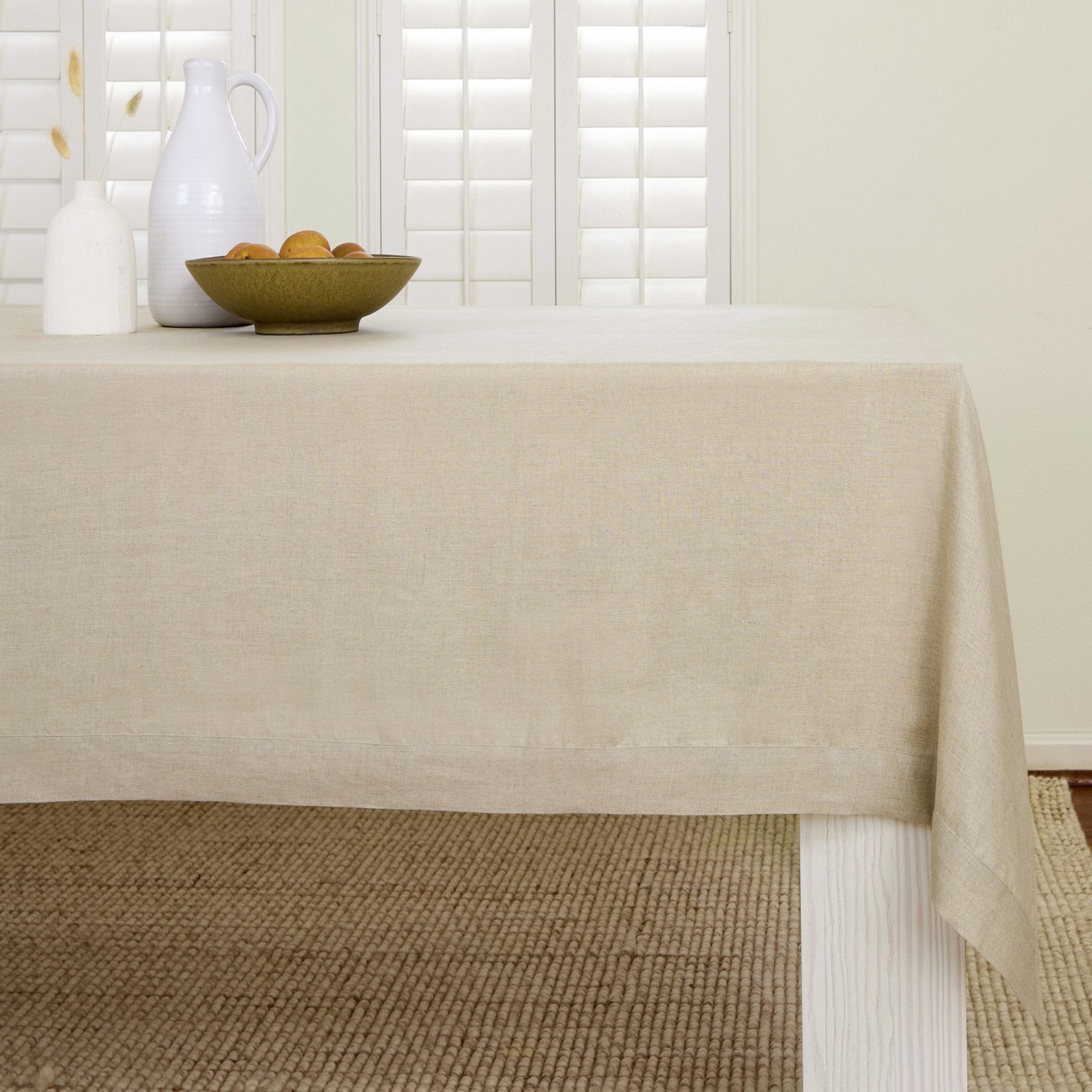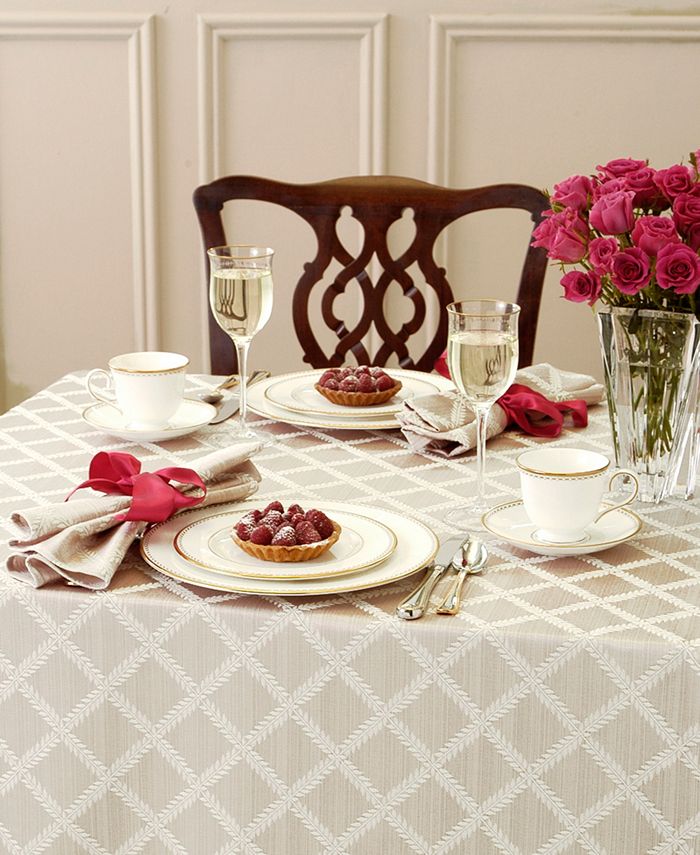Linen Textile Developments: Checking Out Modern Trends and Creative Applications in Layout and Fabric Market
From sustainable production approaches to advanced weaving technologies, the evolution of linen is improving the landscape of the textile industry. As we dive right into the realms of imaginative style applications and the appearance of linen blends and crossbreed textiles, a brand-new phase unravels in which bed linen's function in future fabric developments takes facility phase.
Lasting Practices in Linen Production
Lasting techniques in bed linen production have actually ended up being progressively essential in the fabric market's efforts to decrease environmental effect and advertise moral sourcing approaches. Bed linen, an all-natural fiber originated from the flax plant, provides a variety of benefits such as biodegradability, breathability, and sturdiness. Nevertheless, typical methods of bed linen manufacturing can entail considerable water consumption, chemical use, and energy-intensive procedures.
To resolve these obstacles, several fabric producers are embracing sustainable practices throughout the bed linen manufacturing process. This includes sourcing flax from natural farms that prevent damaging pesticides and chemicals, carrying out water-efficient retting strategies to essence fibers from the flax stalks, and using environmentally friendly dyes and surfaces. Furthermore, some companies are purchasing renewable resource sources to power their production facilities and reducing waste through recycling and upcycling initiatives.
Technical Advancements in Linen Weaving
With the growing focus on lasting techniques in linen production, the fabric industry is now witnessing a rise in technological developments specifically targeted at changing the art of linen weaving. These technologies are improving the means linen materials are produced, providing raised efficiency, top quality, and creativity in weaving strategies.
Among the crucial technological developments in bed linen weaving is the assimilation of computerized looms. These sophisticated looms are equipped with software program that enables intricate and elaborate styles to be woven with accuracy. By digitizing the weaving process, manufacturers can attain better consistency and precision in their linen fabrics.
Additionally, advancements in thread spinning technology have enabled the production of finer and more sturdy bed linen threads - table cloths. This causes softer and smoother linen textiles that preserve their high quality even after multiple usages and cleans
Additionally, the development of green dyeing processes and coatings for bed linen materials is gaining grip. These sustainable methods not only decrease the ecological influence but additionally satisfy the increasing customer need for fairly created textiles.
Creative Design Applications for Bed Linen
Cutting-edge creative approaches are increasingly shaping the innovative layout applications for linen in the textile market. Developers are pressing the boundaries of conventional bed linen use, exploring its adaptability in various applications. One noticeable fad is the integration of linen in lasting fashion lines, where its green residential properties are highlighted. Linen's natural aesthetic charm and capacity to blend with various other fabrics make it a preferred choice for producing one-of-a-kind garments and accessories that accommodate the environmentally mindful customer.
Moreover, designers are explore bed linen in home decor, utilizing its resilient and breathable nature to craft fashionable furnishings such as curtains, bed linens, and furniture. The structure and drape of bed linen bring a sense of class and comfort to interior areas, including a touch of elegance to contemporary homes.

Linen Blends and Hybrid Fabrics

Crossbreed materials, on the other hand, take the concept of mixing an action better by incorporating added components such as metallic strings, recycled products, or conductive fibers. These ingenious textiles not just broaden the design possibilities but additionally present useful elements like conductivity, antimicrobial residential properties, or improved toughness. Crossbreed fabrics are significantly being made use of in different industries, consisting of fashion, interior decoration, and technical textiles, where the need for multifunctional materials is on the surge.
Linen's Duty in Future Fabric Innovations

In the realm of future fabric technologies, linen is expected to be an essential gamer in the growth of innovative functional fabrics. Researchers and designers are discovering ways to improve linen's intrinsic top qualities via technological improvements, such as integrating clever fabrics, nanotechnology, and efficiency coatings. These technologies intend to boost bed linen's efficiency features, making it ideal for a more comprehensive array of find this applications, from activewear to safety apparel.
In addition, the mix of bed linen with various other natural or synthetic fibers opens endless opportunities for producing unique fabrics with one-of-a-kind homes and functionalities. By leveraging linen's characteristics and discovering cutting-edge blends, the textile sector is positioned to introduce amazing developments that provide to evolving customer needs and sustainability demands.
Final Thought
Finally, the exploration of sustainable practices, technical improvements, innovative style applications, bed linen blends, and its duty in future textile technologies highlight the continual advancement of bed linen textile in the modern layout and fabric sector. With a focus on advancement and imagination, the convenience and green nature of bed linen make it an important websites material for producers and developers alike, leading the way for further advancements and developments in the field of textiles.
As we dive right into the worlds of creative style applications and the introduction of bed linen blends and hybrid fabrics, a brand-new phase unravels in which linen's role in future textile technologies takes facility phase.
Checking out the fusion of linen with various other fabrics has actually led to the emergence of innovative blends and crossbreed fabrics in the modern textile sector. Bed linen blends use a special combination of the attributes of linen with those of various other fibers, resulting in materials that possess enhanced residential or commercial properties such as raised toughness, enhanced draping, and minimized wrinkling.The advancement of bed linen blends and hybrid materials has set the phase for Bed linen to play an essential role in driving future fabric innovations.In the world of future textile advancements, linen is anticipated to be an essential gamer in the development of sophisticated practical fabrics.